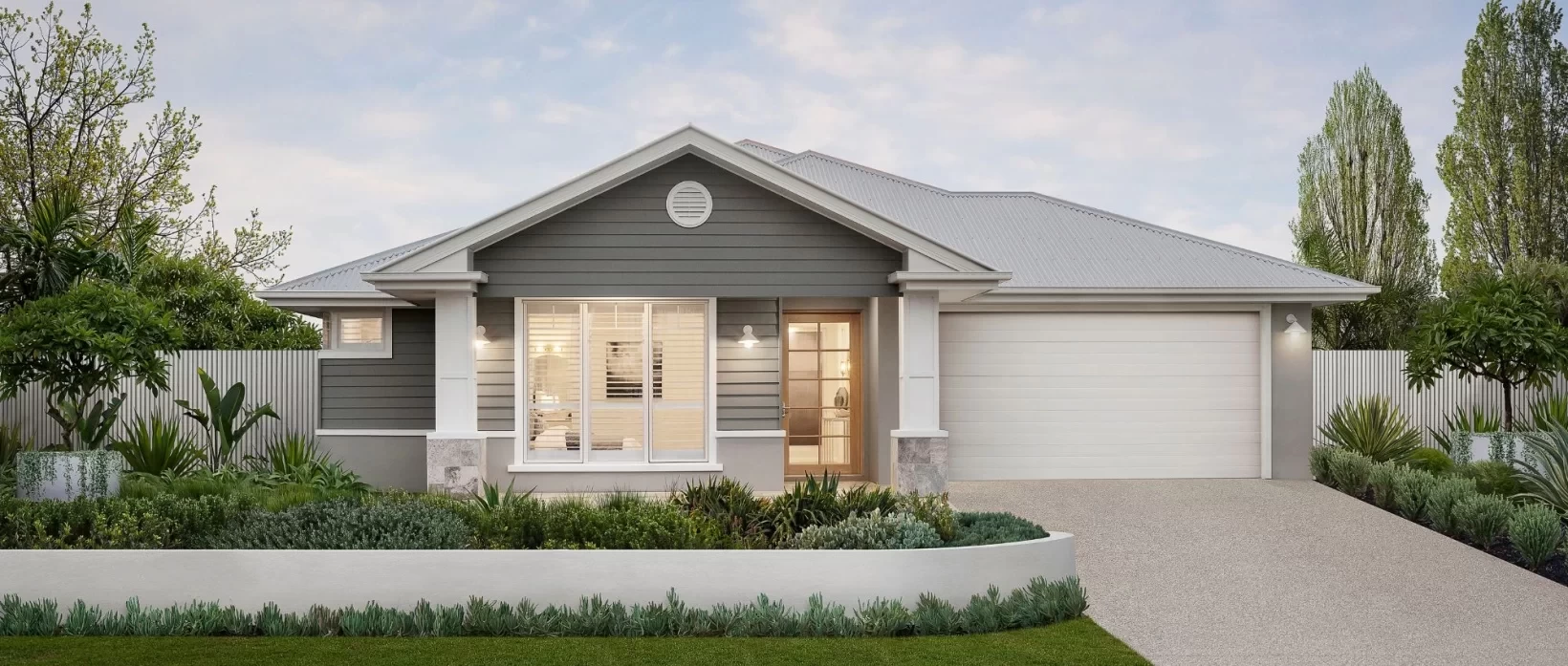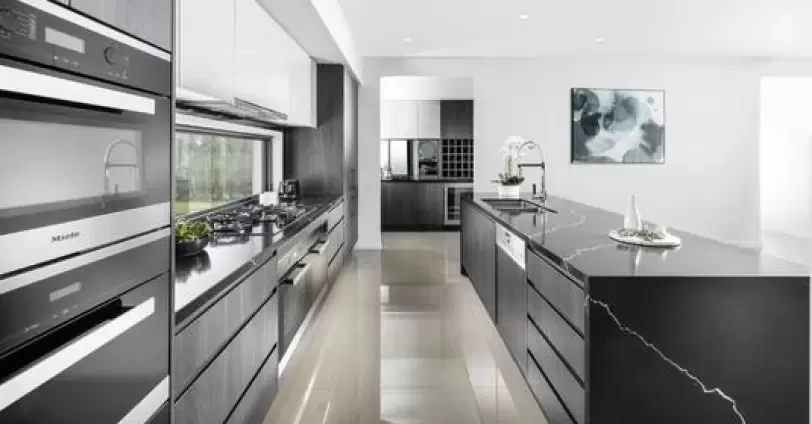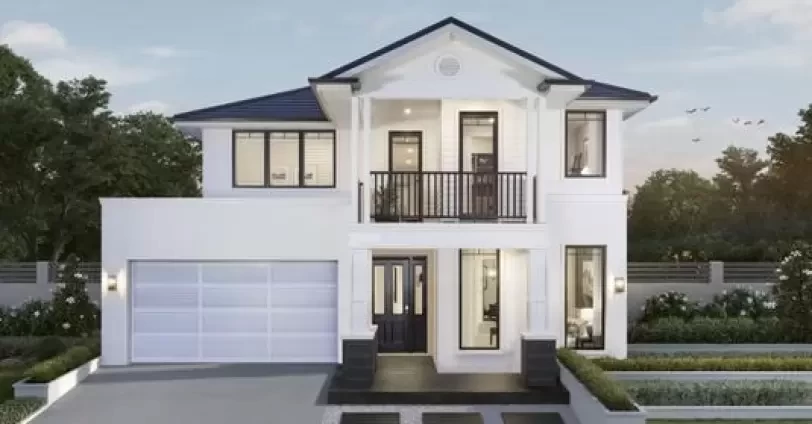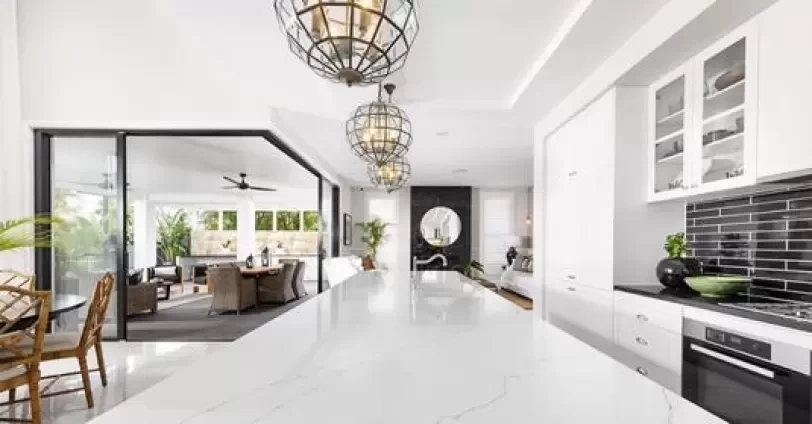Building setbacks can be perplexing - and if it’s your first time building, unexpected.
On the surface, limitations around how far you can (or can’t) build from property lines, roads and structures like garden sheds may feel like your local council is trying to put a box around your dream home. And while that may be unintentionally true at times, setbacks play a substantial role in creating the liveable and lovely suburbs we appreciate today.
Ready to simplify the mash of measurements? We’ve created a what, why, when and where guide to setbacks. Read on and increase your lingo comfort level before building your home.
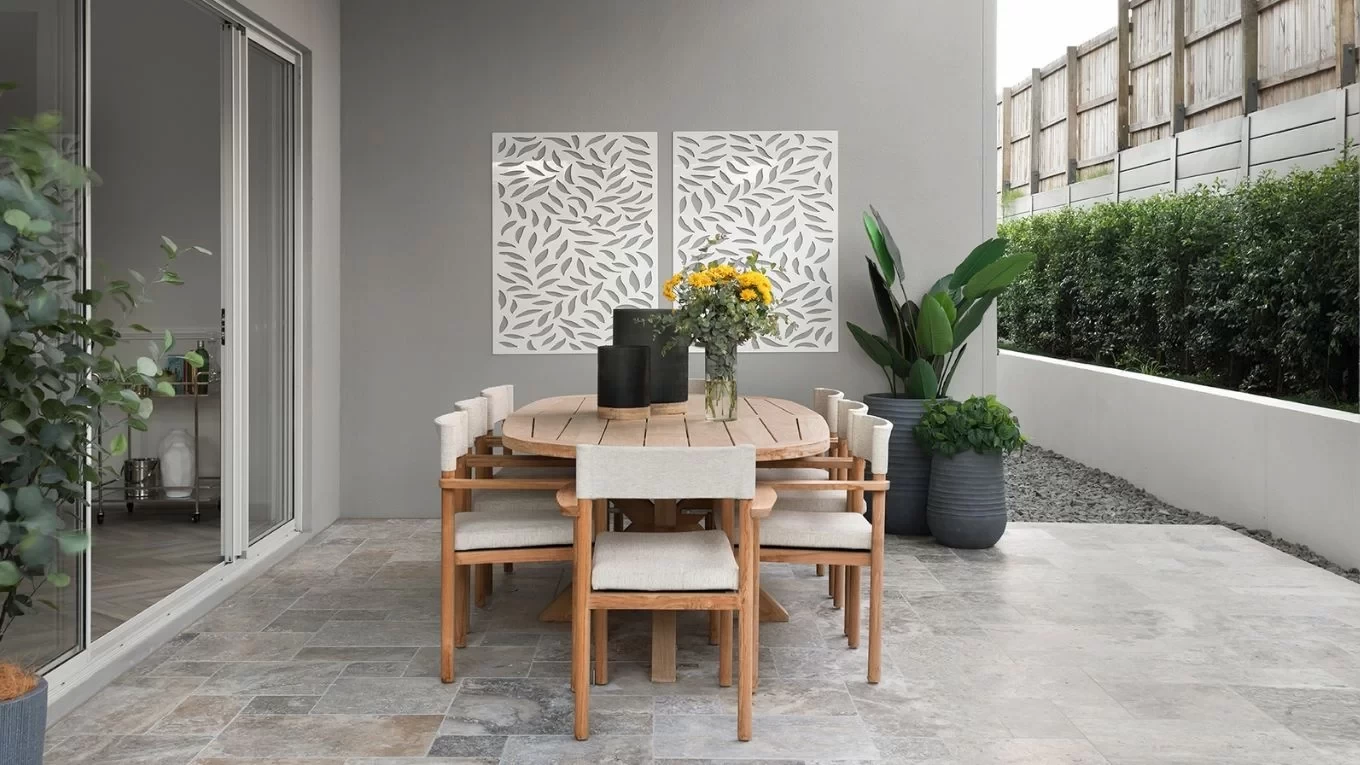
Understanding setbacks
What is a setback?
A building setback is a regulation dictating the minimum distance a structure must maintain from property lines, adjacent buildings, and public rights-of-way. These rules ensure there’s enough space between structures for safety, sound control and even aesthetics (your suburb may have additional building covenants in place specifying how your house should be presented). Granny flats, garden sheds and other small detached permanent structures like dens and offices are also governed by setbacks. Always refer to your covenant and/or local council requirements when it comes to understanding the specific setbacks for your home.
What is the purpose of a building setback?
Expanding on what we said about safety, sound control and such a few sentences ago, setbacks play a crucial role in urban planning and design selection due to:
-
Safety - Setbacks help mitigate fire risk, reducing the likelihood of flames jumping between buildings. The added space also helps firefighters to access tight side exits, front yards, or back entrances.
-
Natural light and ventilation - Compliant setbacks will sufficiently ventilate your home, filling your rooms with natural light and reducing your electrical usage.
-
Privacy - A minimum distances between homes (and fence lines) ensure your neighbours can’t easily glance through your windows, cutting down on visual intrusion and noise transmission.
-
Property values - curated and attractive streetscapes can have a soft impact on property values. Well planned suburbs attract more eyes and investors, leading to a natural progression in equity growth!
-
Aesthetics - Because the same rules apply to everyone building in a council area, setbacks help create a visual harmony.
Factors that can influence building setback requirements
The block you buy and the design you choose directly impacts how, when and why setbacks will be applied to your home.
-
Property footprint and block layout - A rectangular block is perhaps the most setback friendly, while smaller square blocks (depending on the meterage) and unusually shaped lots may require some finessing when it comes to usage efficiencies.
-
One or two storeys - A two storey home will be treated differently than a single storey dwelling. You’ll notice most seconds storeys slightly recede from the bottom floor (thanks to special second floor setbacks), giving a tiered appearance and letting that sunlight stream through.
-
Urban density - Small lot sizes, plenty of neighbours, shared driveways (in some cases) and utility easements can further restrict where you can build and how close your home can be to specific lines.
-
Property sitting - If, for any reason, preference needs to be given on the front or rear setback, the rear usually wins to maintain greater privacy. Similarly, if you’re building on a large block of land or backing onto a public reserve, you may have a few unique considerations to discuss with us first.
Ready to get started? Forget about the stress of setbacks and explore a house and land package with Clarendon Homes. Already own land? Begin your search for the perfect design - we'll help with the rest.
